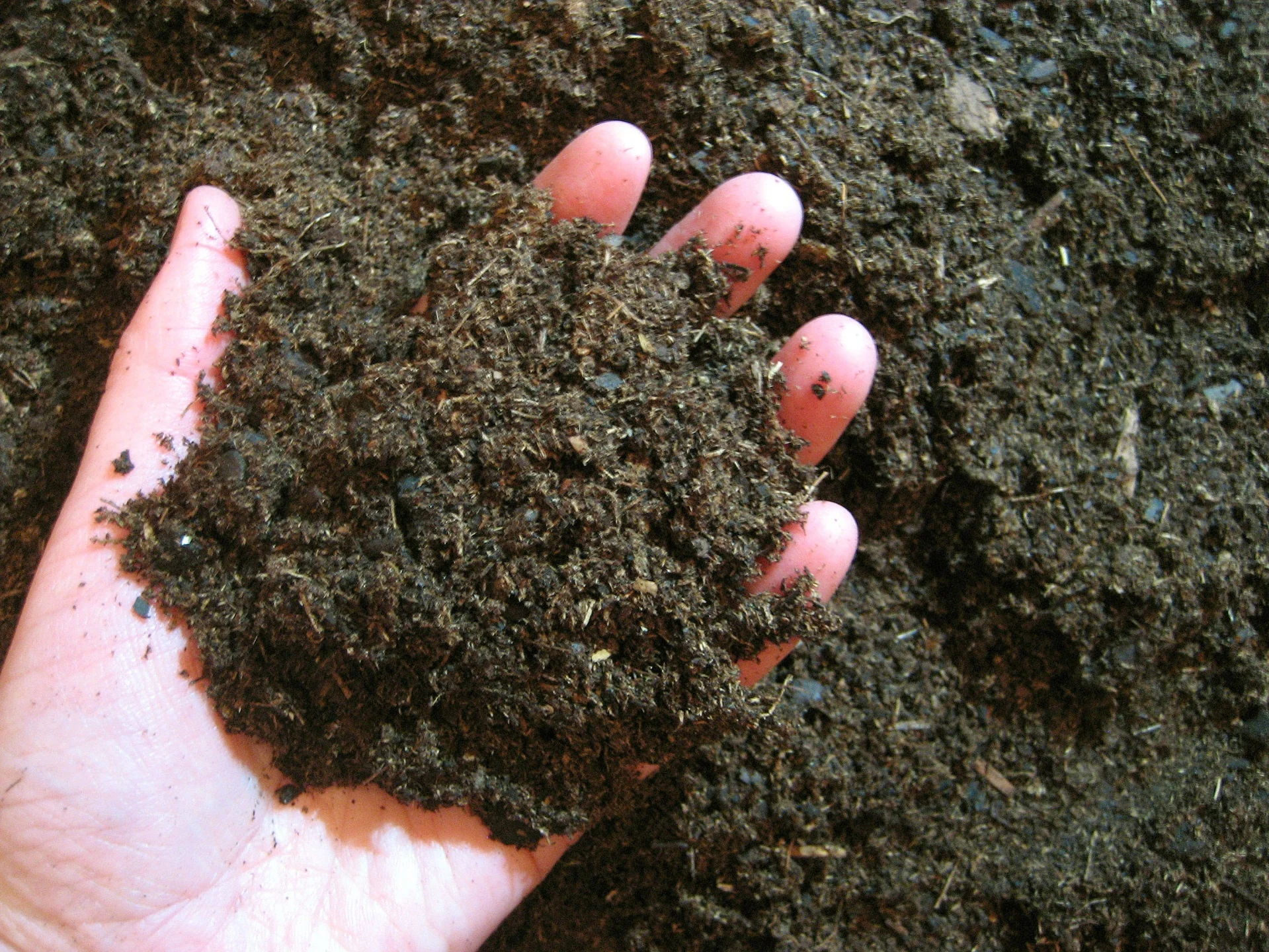It’s Spring, and that means it’s time MARCH PLANTNESS! Yes, that’s right, March Plantness – a little California-friendly plant competition!
Who will wilt in the heat of competition? Who will come out smelling like a rose? South Bay Green Gardens has put together a 16 plant bracket, where drought-tolerant competitors like California Buckwheat will be tested against formidable opponents like the California Fuchsia, Flannel Bush and Deer Grass (a perennial favorite!).
We will be asking you to vote each week on our Facebook page. First, we have Round One: The Sprout Sixteen. Then it narrows again to the E-leaf Eight, then the Final Flora…and finally, the Championship Round. Which of our these lovelies win? Competition starts on Monday, March 25th. Good luck to all!










